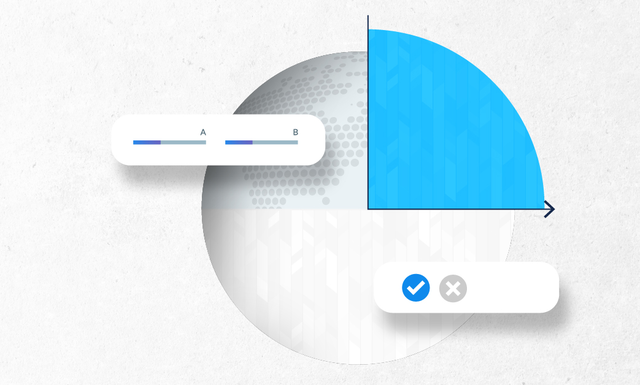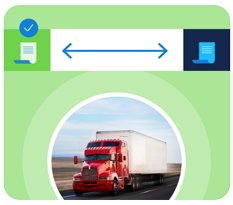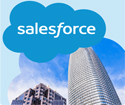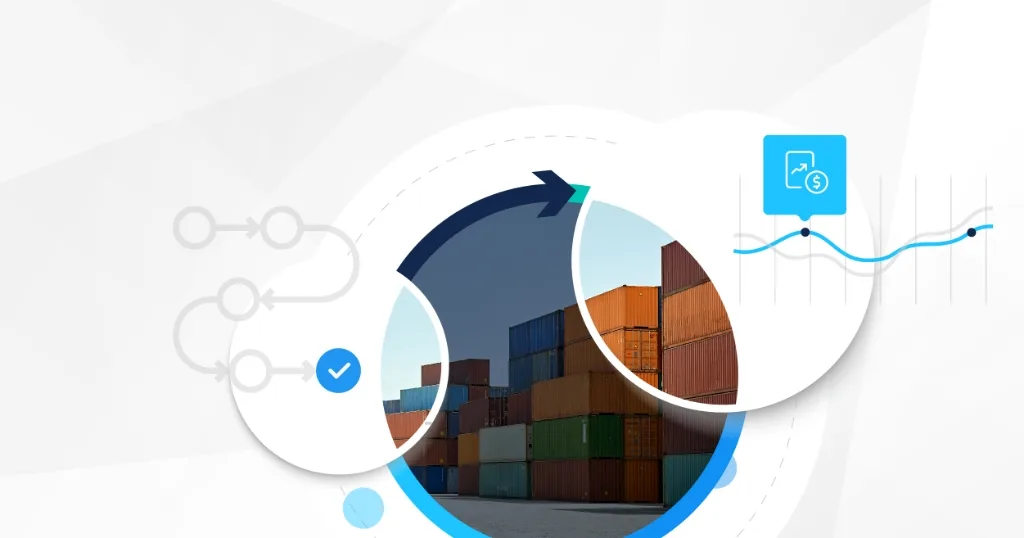Global Lease Accounting Survey Overview
The results are in! We’re excited to share some of the key findings from the 2021 Global Lease Accounting Survey conducted by Ernst & Young LLP (EY) and LeaseAccelerator.
The subtitle to our survey, “Opportunities to optimize” says it all. Although just about every organization out there has to (or will have to soon) comply with the lease accounting standards, those who responded to our survey consider compliance and the adoption of new lease accounting solutions to be a catalyst for ongoing ROI and optimization. They are using lease accounting as a way to optimize many of their finance processes.
For this report, we gathered industry benchmark data on how global organizations are managing their leasing and lease accounting processes, how they are addressing the compliance challenges across the ASC 842 and IFRS 16 lease accounting standards, and what tools and processes they are using to drive long-term compliance.
There are logical market splits in the results for company size and the phase of adoption for each standard – the US public companies and international companies that have to comply with ASC 842 and IFRS 16 have already adopted the standard and are looking to improve their processes, while most private companies are at the start of their compliance journeys. As a result, these groups have some key differences, from the sizes of their teams and the complexity of their lease portfolios to where they want to take out cost and risk, the effectiveness of their end-of-term management, and integration with ERP systems.
With this data, we’ve identified several opportunities for organizations of all sizes to improve the leasing process and take out cost and risk. This report can provide benchmarks for your organization, assess the maturity of your approach, and identify ways to use lease accounting as a catalyst to optimize your leasing process.

Summary of key findings
Most US public company respondents have already adopted the lease accounting standard and are further along the technology adoption curve. But, lease accounting remains a significant challenge for public companies, including international companies with dual reporting footprints in both ASC 842 and IFRS 16. In our survey, these companies reported they:
- Face ongoing audit challenges
- Are seeing increasing workloads
- Are most likely to be using lease accounting software
- Are more likely to have seen ROI from their lease accounting software
- Haven’t fully integrated with ERP systems
The international company respondents reported they:
- Have smaller lease portfolios
- Have smaller lease accounting teams
- Usually have no formal Lease vs. Buy process
- Are less likely to use shared services approach
Private company respondents reported a mix of adoption statuses – some have already started projects to get compliant, while others are waiting until closer to the postponed deadlines arriving in early 2022. Those who haven’t adopted yet can benefit from the leading practices and lessons learned from those who have adopted. In our survey, private companies reported they:
- Have smaller lease accounting teams
- Have less stressed teams
- Are more likely to have a completely manual connection between lease accounting and other systems like ERP
- Are more likely to be considering outsourcing as a result of COVID-19
Opportunities to optimize
No matter where your organization falls in the compliance journey, there are opportunities to optimize. Here are a few examples that the survey raised:
- Improve lease accounting audits
- Most respondents say they struggle with ongoing change recordation and the accuracy of their lease accounting, which makes audits more challenging.
- By automating the lease accounting process, organizations can reduce errors and take out manual judgements to reduce risk and improve accuracy.
- Make better leasing decisions
- Although many respondents believe their leasing processes are efficient, many aren’t using a formal and centralized ‘lease vs. buy’ process to make sure leasing is the right decision in the first place.
- Organizations should use the same due diligence they require for purchases with centralized and formal ‘lease vs. buy’ evaluations to align with business objectives.
- Improve how resources are assigned and structured
- Even respondents from large organizations are limited to only a few resources focused on lease data management and lease accounting (and those teams are often stressed and fatigued). This makes it hard to keep up with lease changes, keep teams fresh, and adjust to shifts in the standards.
- There’s an opportunity to leverage outside managed service providers and shared services approaches to get access to expertise and provide more support for the team. This can free up resources to focus on other strategic initiatives.
- Improve integration with surrounding systems
- A surprisingly large number of respondents, even in the US public companies, say they are still using spreadsheets for lease accounting. This practice increases the risk of errors, makes it difficult to get an accurate view of the accounting, and makes audits more challenging.
- By choosing a solution that integrates with critical upstream and downstream systems, including ERP and real estate, lease accounting data is always complete and accurate. There is also an opportunity for major time and cost savings by automating the data transfer between these systems.
- Improve ROI
- Most respondents said they lease to improve cash flow and that their leasing is efficient. That said, it’s unlikely they’re able to realize the financial benefits they expected from leasing, since many are not reliably returning assets on time.
- Being proactive about end-of-term management can have a large impact on improving cash flow. It’s critical to identify, monitor and optimize lease performance across stakeholders in the organization using reporting and analytics in order to reduce the likelihood of leases being extended beyond their original life.
Building an action plan
As part of the survey report and results, and in conjunction with EY, we developed a new maturity model that can help organizations assess where they are in their lease accounting journey to optimize and drive ROI. Using risk and business value as the dimensions, organizations can plot their current lease accounting profile and where they should go next to reduce risk and increase overall business value. Take a look at the report itself for more detail on this model.
Private companies should be proactive in their approach and take advantage of the lessons learned from those who have gone before, but even those companies (mainly US public and international companies) have a major opportunity to improve and optimize the processes they have in place. The same opportunity for optimization is true for the international companies who have already adopted IFRS 16.
With that said, every organization is unique. Although your environment may be different from the survey results, they can still help inform your decisions. Reach out to us for a personalized assessment of where your organization falls and what your next steps are for optimization.
Download the report for a full view of the data and key recommendations.
Contact us for a personalized assessment of your leasing process.







